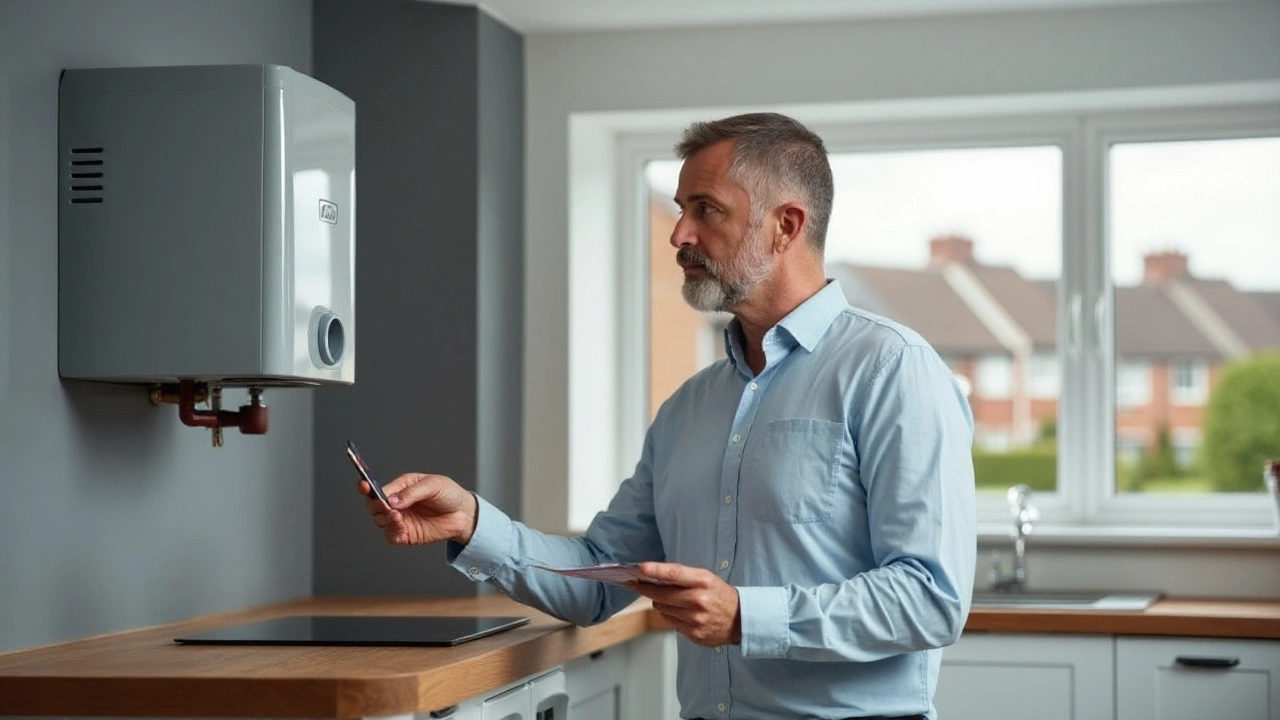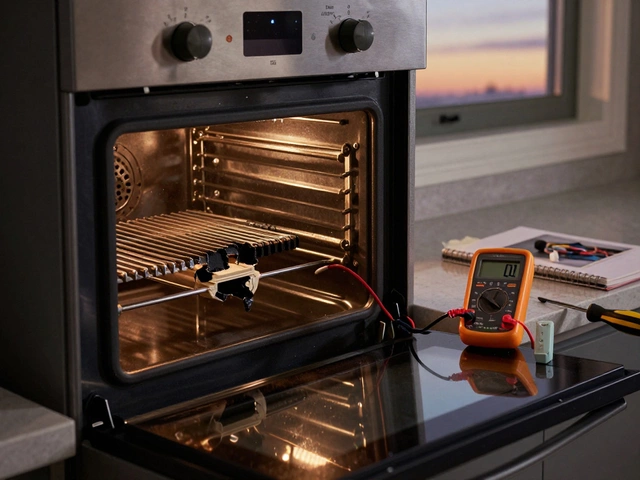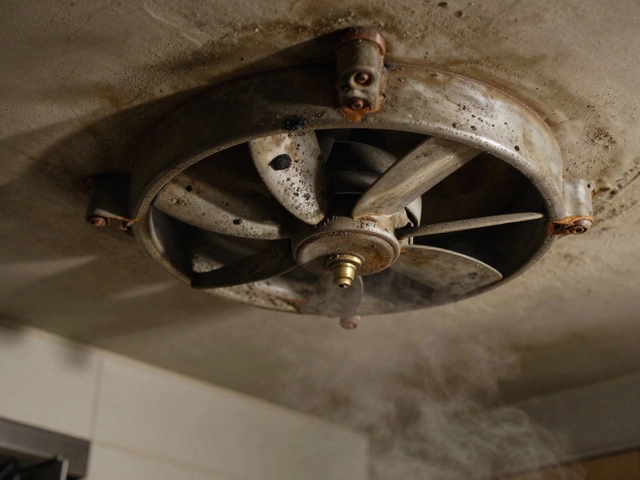Home Plumbing Tips – Simple Fixes for Everyday Water Problems
When working with Home plumbing tips, practical advice that helps homeowners handle everyday water issues without a professional callout. Also known as DIY plumbing guidance, it empowers you to keep showers warm, taps flowing, and leaks at bay. home plumbing tips encompass a wide range of tasks, from diagnosing a cold shower to checking a noisy extractor fan, and they all start with understanding the core components that move water around your home.
Key Elements Behind Reliable Water Flow
One of the most frequent challenges is hot water issues, situations where the water temperature varies between fixtures or drops unexpectedly. These problems often trace back to the boiler, the heart of a central heating and hot‑water system that heats water for radiators and taps. A well‑maintained boiler reduces heat loss, meaning you’re less likely to encounter a cold shower after a long wash. Another critical piece is the water heater, a device—electric or gas—that stores and delivers hot water on demand. Regular checks on pressure, temperature settings, and sediment buildup keep it running efficiently. Finally, the mixing valve, a component that blends hot and cold water to achieve a safe, consistent temperature plays a hidden yet essential role; a stuck valve often explains why your kitchen tap feels scalding while the bathroom shower stays lukewarm. Understanding how these elements interact creates a clear roadmap for troubleshooting: a faulty boiler influences hot‑water output, a clogged water heater reduces capacity, and a mis‑adjusted mixing valve skews temperature balance.
Beyond the core heating pieces, other household fixtures can affect plumbing performance. For example, a noisy or under‑performing extractor fan may signal hidden moisture buildup that encourages pipe corrosion, while a stubborn dishwasher hose can cause pressure drops that echo in your sink. By checking simple signs—like hissing sounds, irregular water pressure, or unexpected temperature swings—you can often pinpoint the culprit before it escalates into a costly repair. The collection of articles below walks you through each scenario, offering step‑by‑step diagnostics, cost‑effective fixes, and guidance on when it’s time to call a professional. Whether you’re looking to restore hot water to the bathroom, decide if an old boiler deserves a replacement, or simply tighten a loose pipe joint, these home plumbing tips give you the confidence to act fast and fix right.
Maintaining a water heater efficiently can extend its life and improve performance. A common dilemma for homeowners is whether to flush or drain their unit. This article dives into the differences between flushing and draining your water heater, highlighting best practices, tips, and things to avoid. By understanding these maintenance options, you can optimize your water heater's operation, saving both water and energy in the process.


